Reflecting impact, or just empty buzz?


Reflecting impact, or just empty buzz?
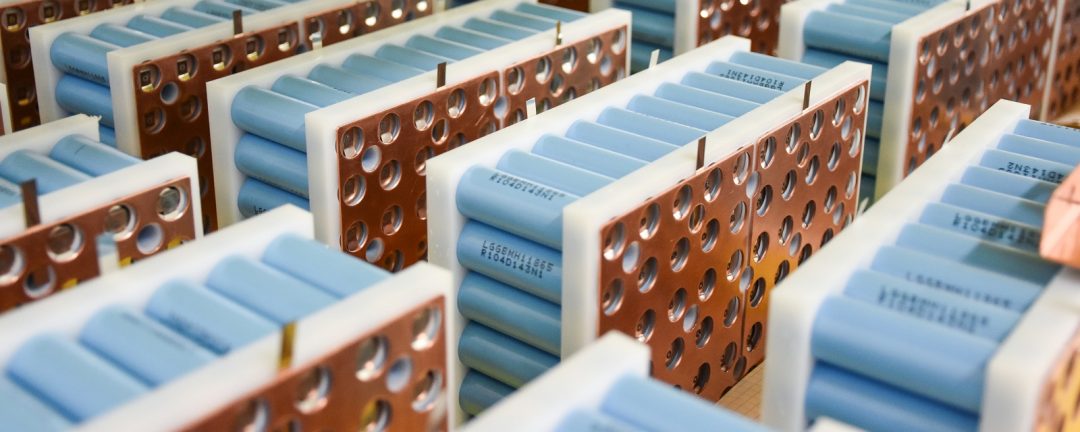
ecovolta is introducing a new safety concept in its lithium-ion batteries to reduce the risk of battery fires and cell explosions in e-mobility applications.
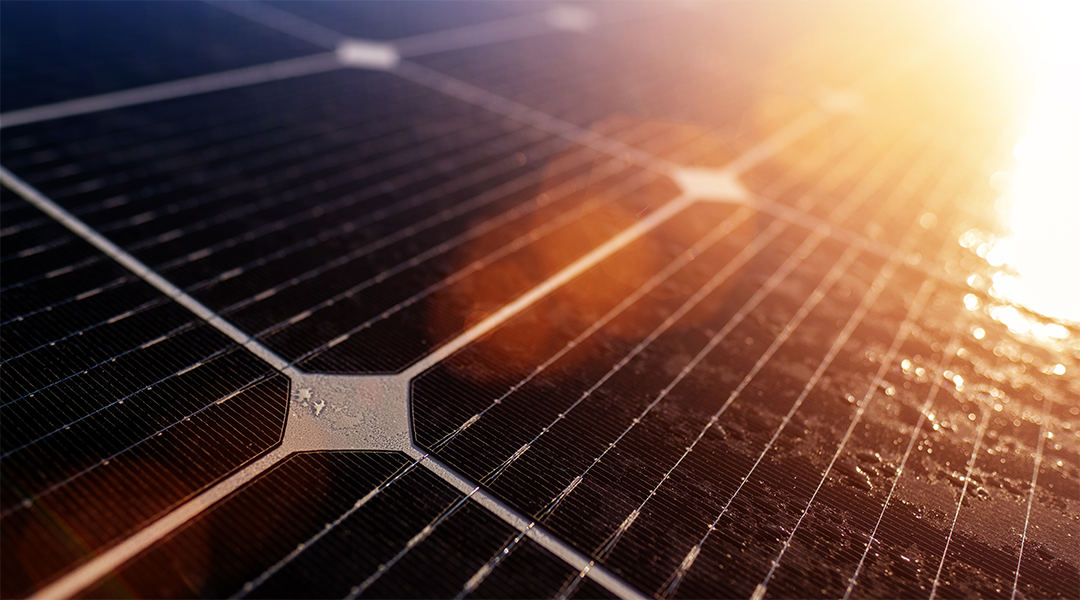
A new strategy towards high efficiency, low cost and large-scale application of perovskite films is demonstrated.
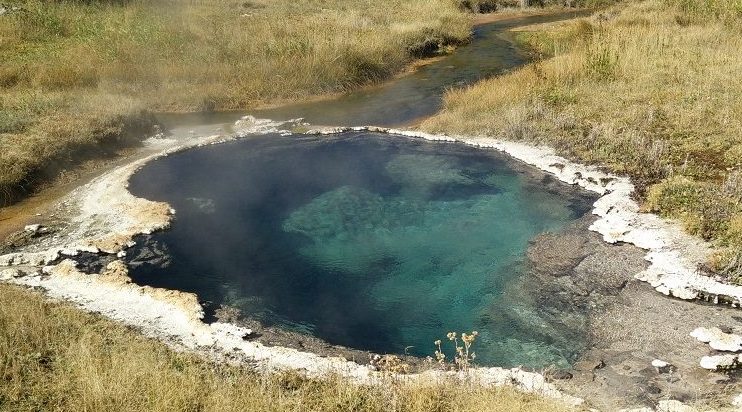
US scientists have found bacteria that converts toxic pollutants into less harmful substances, while generating electricity in the process.
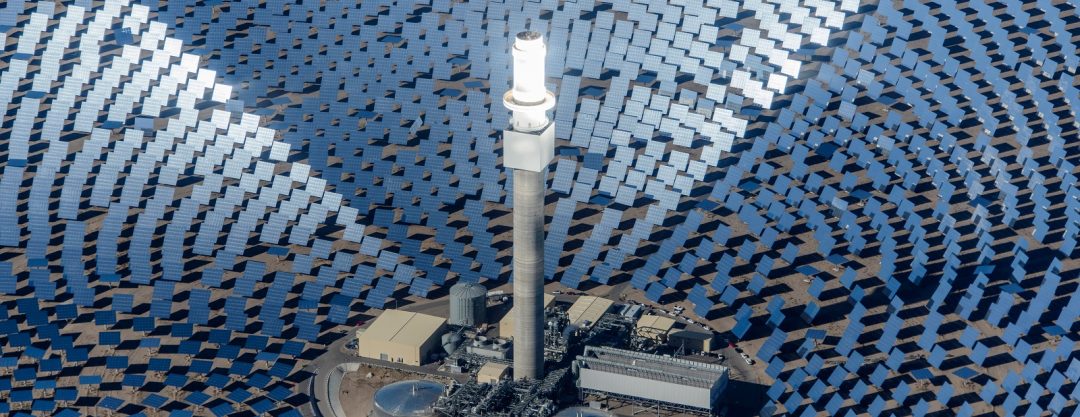
Solar researchers have investigated whether it is economically viable for a solar thermal power plant to convert excess photovoltaic and wind power into heat and store it.

Scientists demonstrate the feasibility of chirality-encoded logic architectures.

A team of Canadian researchers has shown that direct contact between an AP “cold” oxidizing plasma source and water that contains very high concentrations of cyanobacteria and green algae, along with associated BMAA toxin, could be quite rapidly (in minutes) decontaminated with modest energy input.
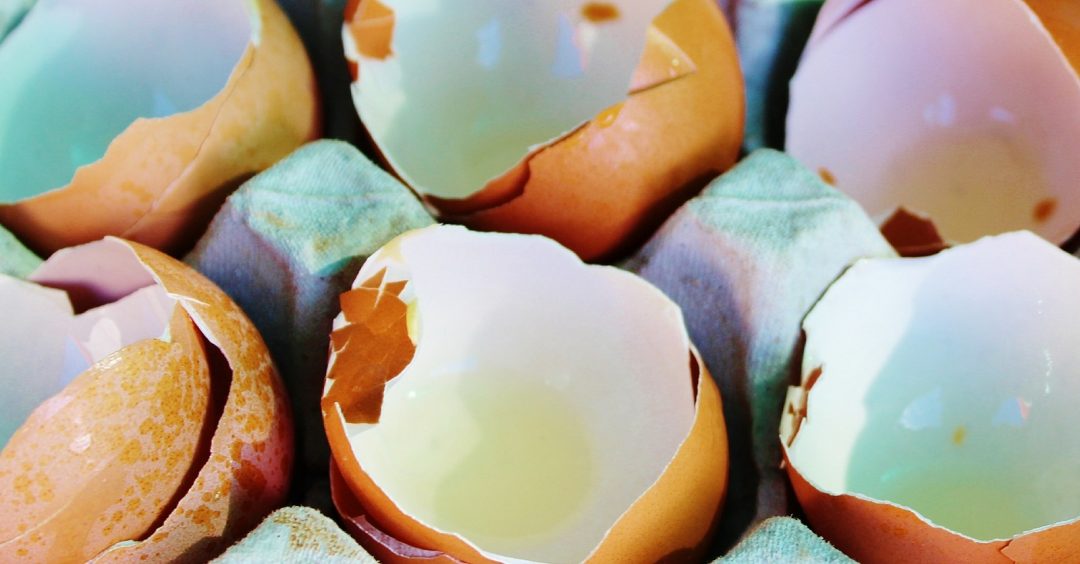
For the first time, a research group successfully uses egg shells as an electrode for energy storage.
![Optimizing Electrodes for Solid Oxide Fuel Cells [Video]](https://www.advancedsciencenews.com/wp-content/uploads/2019/03/aennm201800120_ASN_image.jpg)
Low-cost strategies to tailor the microstructure of solid oxide fuel cell electrodes are discussed, providing a fast and efficient way to evaluate new electrode materials.
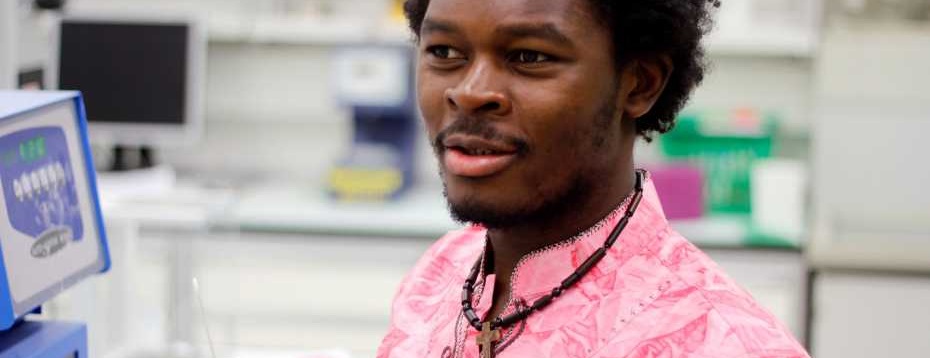
The ETH spin-off Oxara, is developing a cement-free concrete made from clay-based excavation material to build affordable, sustainable houses.